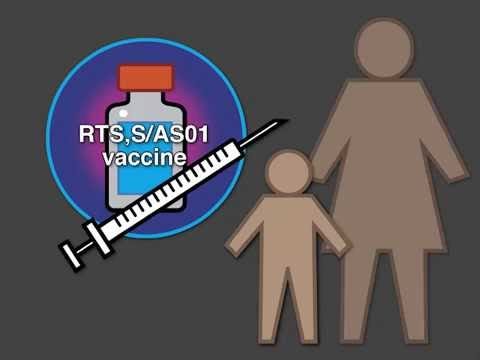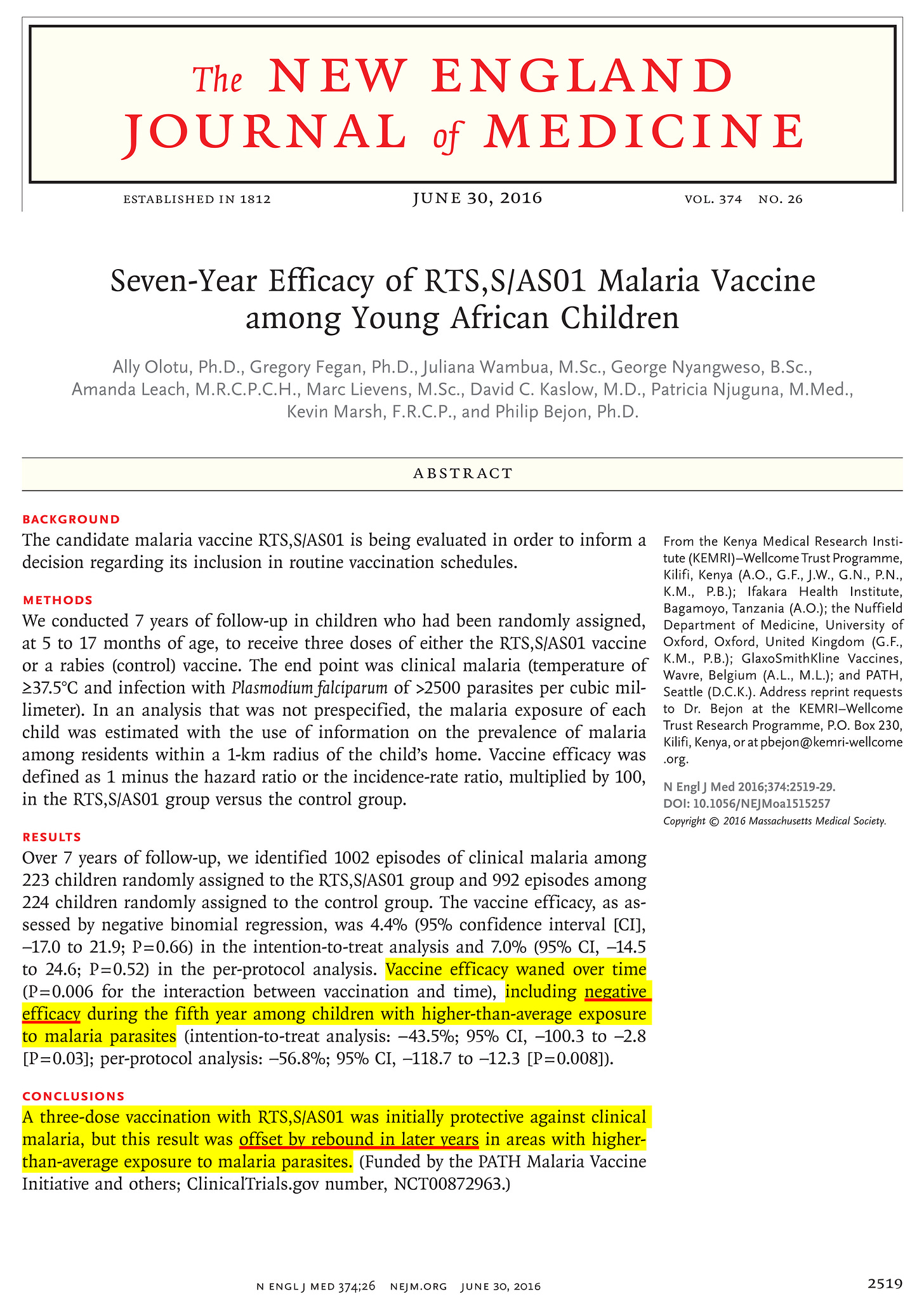MEDICAL TERMINOLOGY: 1) primary vaccine failure, 2) secondary vaccine failure, 3) breakthrough infections, 4) negative vaccine efficacy
Here I summarize need-to-know terminology with quotes from medical journals such as Hum Vaccin Immunother 2016, Pediatr Infect Dis J 2013, NEJM 2016 and then conclude with a great movie recommendation
“Our words and phrases carry images, concepts and —therefore— implications.” DrV
Introduction: Our words and phrases carry images, concepts and —therefore— implications. Words aren’t simply identifiers, but they are idea clusters, constellations. Here I will introduce four words/phrases related to Immunology and Pharmacology; I will use quotes and context from from “medically authoritative” sources such as society-published medical journals.
1) Primary Vaccine Failure = bad vaccine
“There are 2 major factors responsible for vaccine failures, the first is vaccine-related such as failures in vaccine attenuation, vaccination regimes or administration. The other is host-related, of which host genetics, immune status, age, health or nutritional status can be associated with primary or secondary vaccine failures.”
[Primary vaccine failure to routine vaccines. Hum Vaccin Immunother 2016;12(1):239-43. doi: 10.1080/21645515.2015.1093263]
Vaccine failures can occur by several different mechanisms. Overall, “vaccine failure” communicates that the vaccination did not work, or did not work as advertised/expected. If the vaccine failure occurs due to a defect in the vaccine, then this is referred to as “primary vaccine failure” as it communicates that the failure was at the first step or the source of the vaccination intervention.
Design failure: For example, the vaccine may have been inaccurately designed because the researchers misunderstood the microbe or the immune response, or both. More specifically, the vaccine might have produced an antibody response but it might have failed to produce the (more important for viral infections) cell-mediated response.
Vaccine attenuation: The observation of vaccine attenuation can also be included in the category of primary vaccine failure if the supposed immune protective response is short-lived (assuming that it ever occurred) such that repeated vaccination is considered necessary or becomes ridiculously repetitive and impractically dangerous and expensive.
Manufacturing/storage failure: The vaccine can fail if it was designed reasonably but manufactured defectively or stored improperly.
Administration failure: The vaccine might have been conceived, produced, stored properly but might be improperly administered leading to protective failure or adverse effects. An example of this is the increased risk of adverse effects when vaccines are administered intravenously instead of (supposedly) intramuscularly; the irony here is that intramuscular administration of vaccines is supposedly the correct route of administration despite the facts that 1) intramuscular administration of vaccines is more likely to result in abnormal and allergic-type immune responses, and 2) intramuscular administration of vaccines nearly always results in the production of antibodies of the IgM and IgG class which are not the correct types of antibody responses to repel a viral infection that sources from respiratory mucosa where the proper immune defense would be of the IgA class, among other mucosal defenses as I have recently reviewed.
Paradigm failure: Oftentimes, we have better options for reducing infectious disease burden, but we refuse to use the better options because of the social and political and financial pressure that force the use of vaccinations, even when we can reasonably anticipate therapeutic failure. Using vaccines against rapidly mutating RNA viruses is notoriously ineffective. Using vaccines in the more elderly populations tends to produce more therapeutic failures due to the immune anergy (nonresponsiveness) that characterizes common unhealthy aging at its attendant nutritional deficiencies; eg, “Non-responsiveness increases with age and in particular vaccination to a novel vaccine in persons > 65 years is associated with a high low/non-responder rate…” [Primary vaccine failure to routine vaccines. Hum Vaccin Immunother 2016;12(1):239-43. doi: 10.1080/21645515.2015.1093263]
2) Secondary Vaccine Failure = blame the patient
“Literature to date indicates a relatively high rate of primary vaccine failure and limited evidence of secondary vaccine failure among 1-dose varicella vaccine recipients…”
[Primary versus secondary failure after varicella vaccination. Pediatr Infect Dis J 2013 Jul;32(7):e305-13. doi: 10.1097/INF.0b013e31828b7def]
“Secondary vaccine failure” fantasizes that the vaccine was properly designed, manufactured, shipped/stored, administered but that the failure of the therapeutic result was somehow the fault of the patient. We actually could imagine such a scenario for example if the patient is on immune-suppressing drugs or has immunosuppression due to another cause such as advanced age, genetic mutation/uniqueness, or nutrient deficiencies.
3) Breakthrough Infections = manipulative language for vaccine failure
Do you prefer to have a breakthrough or a failure? Of course you would prefer to have a breakthrough because it implies that you are moving past something, you are advancing, you are breaking through barriers and making progress.
“Breakthrough infections” is a phrase popularized in the year 2021 as a euphemism for vaccine failure. It gives a confusing positive spin on a therapeutic failure, since the word “breakthrough” typically has a positive connotation. By inserting doubt and confusion with the use of “breakthrough infection”, bribed politicians and puppets take the attention completely away from the obvious vaccine failure and try to convert something bad —the FAILURE— into something that paradoxically sounds positive — the BREAKTHROUGH.
Do you prefer to have a breakthrough or a failure? Of course you would prefer to have a breakthrough because it implies that you are moving past something, you are advancing, you are breaking through barriers and making progress. Hence, now you see that the manipulative use of “breakthrough infections” misuses the positive connotation of “breakthrough” while distracting away from the “vaccine failure.”
4) Negative Vaccine Efficacy = results in more infections
“Negative vaccine efficacy” occurs when the administration of the vaccine actually results in more of the index/target illness whereas the supposedly expected result was less of the index/target illness. Obviously, this is a type of vaccine failure but one that is worse than simply wasting money and distracting people from better treatments such as improving overall health with nutrition and lifestyle; instead of just wasting resources and distracting from better choices, the vaccine can actually result in more infections, as noted in New England Journal of Medicine 2016 Jun:
"The investigators now report that during the fifth through seventh years of surveillance, there was an apparent negative rebound in vaccine efficacy, which is attributable to negative values for efficacy among children with higher-than-average exposure to malaria."
N Engl J Med 2016; 374:2596-2597 June 30, 2016 10.1056/NEJMe1606007. See video describing "negative vaccine efficacy" from NEJM, which is also embedded below:
Summary: Vaccine failure can be described as “1) primary vaccine failure, 2) secondary vaccine failure, 3) breakthrough infections, 4) negative vaccine efficacy” but it all has the same consequences of distracting attention and resources away from better treatments, promoting pharmaceutical profiting and profiteering, providing a means to demean and isolate people who reasonably refuse to participate.
Dr Alex Kennerly Vasquez (introduction; brief Bio-CV) writes and teaches for an international audience on various topics ranging from leadership to nutrition to functional inflammology. Major books include Inflammation Mastery, 4th Edition (full-color printing, 1182 pages, equivalent to 25 typical books [averaging 60,000 words each]), which was also published in two separate volumes as Textbook of Clinical Nutrition and Functional Medicine (Volume 1: Chapters 1-4; Volume 2: Chapter 5—Clinical Protocols for Diabetes, Hypertension, Migraine, Fibromyalgia, Rheumatoid Arthritis, Psoriasis, Vasculitis, Dermatomyositis and most other major inflammatory/autoimmune disorders); several sections have been excerpted including Antiviral Strategies and Immune Nutrition (ISBN 1502894890) (aka, Antiviral Nutrition [available as PDF download] and Brain Inflammation in Chronic Pain, Migraine, and Fibromyalgia. Dr Vasquez’s books are available internationally via bookstores such as BookDepository, Amazon.com, Barnes and Noble, ThriftBooks, AbeBooks, BetterWorldBooks, WaterStonesBooks and his new Telegram channel is https://t.me/DrAlexVasquez.





